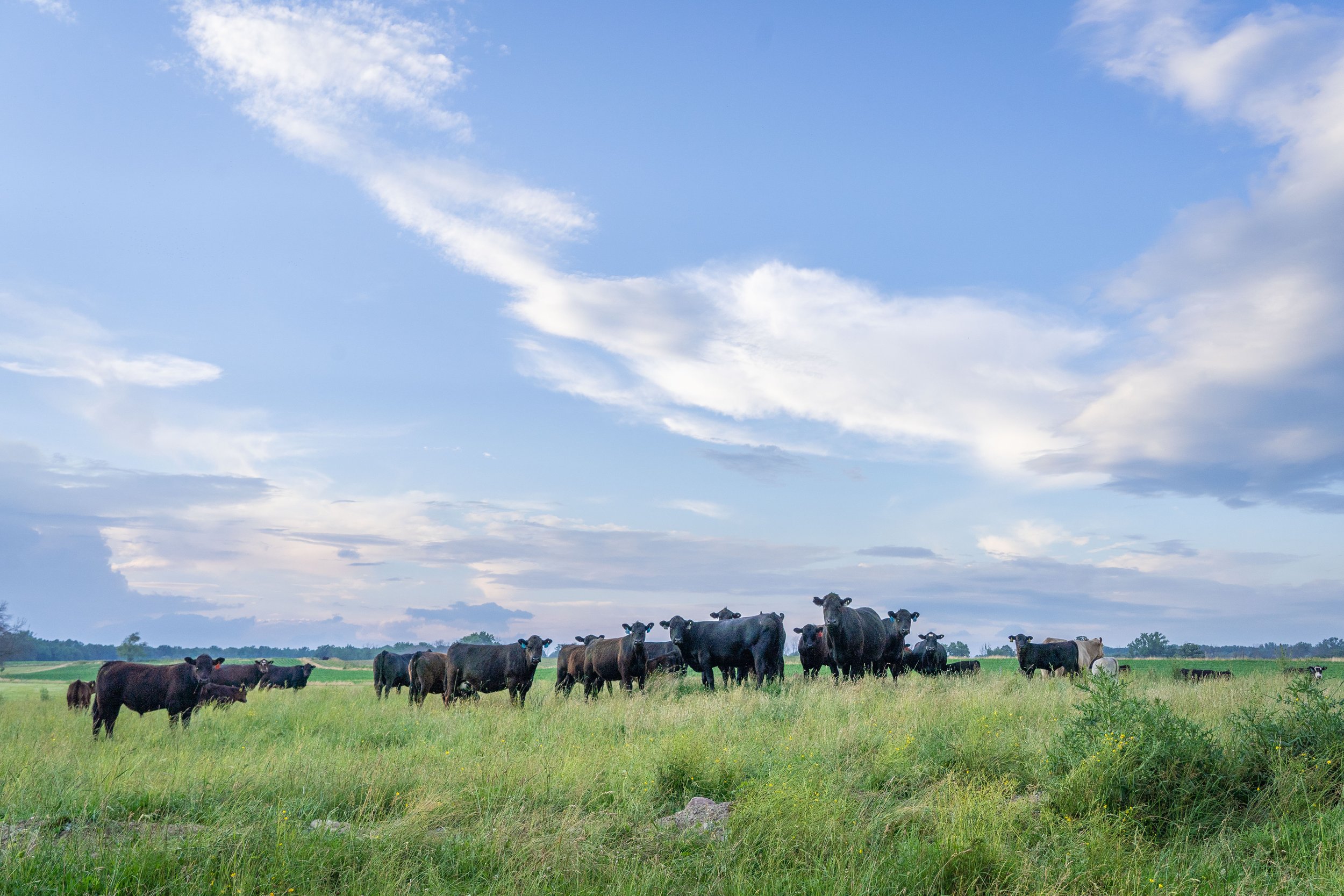Bagley Risk Management Solutions: Your Shield Against Uncertainty
Bagley Risk Management Solutions: Your Shield Against Uncertainty
Blog Article
Understanding Livestock Danger Defense (LRP) Insurance Coverage: A Comprehensive Guide
Browsing the realm of animals threat protection (LRP) insurance policy can be a complex venture for lots of in the agricultural market. From exactly how LRP insurance coverage works to the different protection alternatives offered, there is much to discover in this comprehensive guide that could potentially shape the method animals manufacturers approach risk administration in their businesses.

Just How LRP Insurance Policy Works
Sometimes, recognizing the mechanics of Livestock Risk Protection (LRP) insurance can be complex, yet breaking down exactly how it works can supply clearness for farmers and herdsmans. LRP insurance is a threat administration tool developed to protect animals manufacturers versus unexpected price decreases. The plan enables producers to establish a coverage level based upon their particular requirements, choosing the number of head, weight range, and coverage cost. Once the policy is in location, if market value fall listed below the protection rate, producers can sue for the difference. It is necessary to note that LRP insurance policy is not a revenue warranty; instead, it concentrates solely on cost risk security. The insurance coverage period normally ranges from 13 to 52 weeks, supplying flexibility for producers to choose a duration that aligns with their production cycle. By utilizing LRP insurance coverage, ranchers and farmers can alleviate the economic risks related to rising and fall market value, making certain greater security in their operations.
Qualification and Insurance Coverage Options

When it comes to coverage options, LRP insurance offers producers the adaptability to pick the insurance coverage degree, protection period, and endorsements that best match their risk administration needs. By recognizing the qualification requirements and coverage choices readily available, livestock producers can make informed decisions to manage risk efficiently.
Benefits And Drawbacks of LRP Insurance
When assessing Livestock Risk Security (LRP) insurance coverage, it is necessary for livestock producers to weigh the downsides and advantages integral in this risk management tool.

One of the primary advantages of LRP insurance policy is its capability to give security against a decline in animals rates. Additionally, LRP insurance policy supplies a degree of flexibility, allowing producers to personalize insurance coverage degrees and plan periods to see this match their specific requirements.
One constraint of LRP insurance is that it does not secure versus all types of threats, such as illness outbreaks or all-natural catastrophes. It is vital for manufacturers to meticulously analyze their individual danger direct exposure and financial situation to figure out if LRP insurance is the best danger monitoring device for their procedure.
Recognizing LRP Insurance Premiums

Tips for Optimizing LRP Benefits
Optimizing the advantages of Livestock Threat Protection (LRP) insurance requires strategic planning and aggressive risk monitoring - Bagley Risk Management. To take advantage of your LRP insurance coverage, take into consideration the complying with suggestions:
On A Regular Basis Examine Market Problems: Keep informed about market fads and cost fluctuations in the animals industry. By monitoring these factors, you can make informed choices regarding when to acquire LRP insurance coverage to secure against prospective losses.
Establish Realistic Protection Degrees: When selecting insurance coverage degrees, consider your production expenses, market value of animals, and potential threats - Bagley Risk Management. Establishing realistic coverage levels makes sure that you are sufficiently safeguarded without overpaying for unnecessary insurance
Expand Your Insurance Coverage: Rather than counting solely on LRP insurance coverage, take into consideration diversifying your threat management strategies. Incorporating LRP with various other risk monitoring devices such as futures agreements or options can offer thorough insurance coverage versus market uncertainties.
Evaluation and Readjust Insurance Coverage On a regular basis: As market problems transform, periodically review your LRP insurance coverage to guarantee it straightens with your existing danger direct exposure. Changing coverage degrees and timing of purchases can assist enhance your risk protection technique. By complying with these ideas, you can optimize the benefits of LRP insurance policy and protect your animals operation versus unforeseen threats.
Final Thought
Finally, animals danger security (LRP) insurance policy is a beneficial device for farmers to manage the financial dangers related to their livestock operations. By recognizing how LRP works, qualification and coverage alternatives, along with the pros and disadvantages of this insurance, farmers can make informed choices to safeguard their pop over to this site livelihoods. By very carefully considering LRP costs and executing techniques to make the most of benefits, farmers can reduce potential losses and make certain the sustainability of their operations.
Livestock manufacturers interested in getting Animals Danger Protection (LRP) insurance can check out a variety of eligibility requirements and insurance coverage alternatives customized to their details animals procedures.When it comes to insurance coverage alternatives, LRP insurance supplies producers the adaptability to pick the protection level, coverage period, and recommendations that best suit their risk monitoring requirements.To realize the details of Animals Danger Defense (LRP) insurance fully, comprehending the factors influencing LRP insurance coverage premiums is critical. LRP insurance policy premiums are identified by different aspects, including the protection degree chosen, the anticipated price of livestock at the end of the protection period, the type of livestock being insured, and the size of the coverage duration.Evaluation and Readjust Coverage Consistently: As market conditions alter, regularly evaluate your LRP coverage to ensure it straightens with your present threat exposure.
Report this page